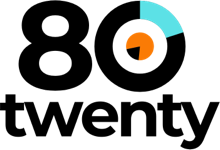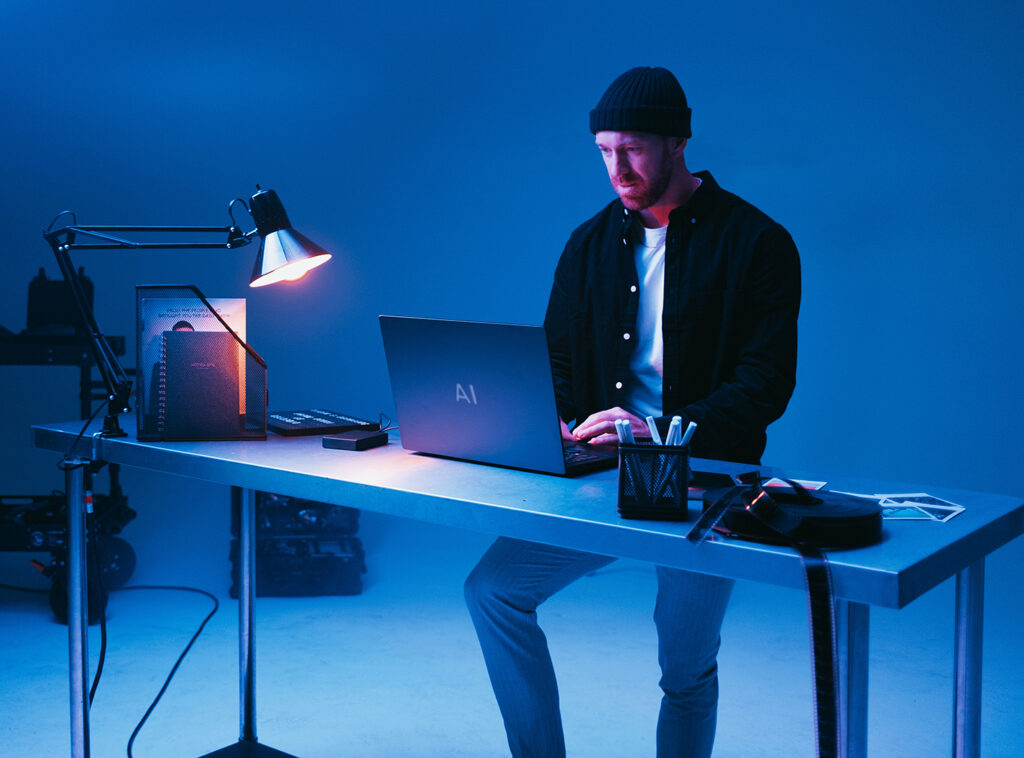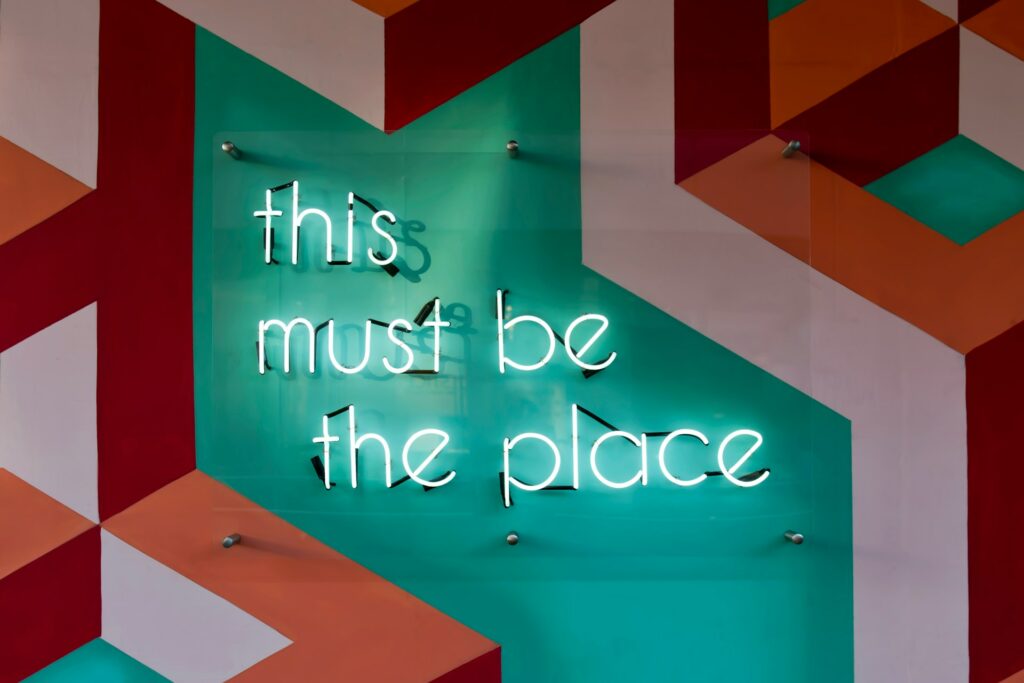
As a recruiter for creative talent, design candidates new to the job market often ask for advice on how to stand out from the crowd and land a good job. About a year ago, a recent graduate of studio art approached me asking how she could best land a visual design role. She found herself asking the question we all face early in our careers, “How do I get someone to be the first to take a chance on me?” Together, she and I came up with the suggestions below on how to get noticed by a hiring manager. Within three months from the time we met she found herself in a full-time designer role with one of our clients – and has since earned a promotion.
If you are a new visual designer looking to land your first big opportunity, draw your attention to the six tips below on how to make yourself stand out to a hiring manager.
1. SHOW WHAT YOU CAN DO BEFORE YOU ARE ASKED TO DO IT
Junior designers often tell me they know they are capable of the assets a role requires but haven’t been given the opportunity to create them so their portfolio is leaner than they would prefer. My reply: prove it.
If you can come up with a good email template: prove it. Perhaps you haven’t been given the opportunity to show in your portfolio how you could edit your design concept for several different marketing channels such as a display advertisement, a social media asset, or a banner ad. But this doesn’t mean you have to wait until you are in a role. Come up with mock ups for a brand’s email campaign it can be for a brand you thought of yourself or for a brand you admire. Even if it not published by a company it still gives a prospective employer an idea of what your skills and creativity can do with a brand’s identity.
2. GET AN INTERNSHIP OR SEVERAL OF THEM
Even a small amount of paid work still shows that you can work well with a creative team and exposes you to what a full scale creative process looks like in the workplace. Excellent creative design requires life experience. Group projects in school and internships allow you the opportunity to learn what you like, what kind of culture you need in a workplace to do your best work, help you build your network, and help you form an idea of where you would like to go in your career.
3. SIGN-UP FOR EMAIL LISTS FOR BRANDS YOU LOVE TO STAY #ONTREND
Counter intuitive – I KNOW, but e-mail campaigns are one of the hottest channels for digital marketing today. If you can stand the cluttered inbox nothing will help give you ideas about what design trends you should practice like some good ole’ spam. Sign up for the e-mail campaigns from your favorite or most respected brands to help keep your ear to the ground on what is trending in marketing design.
4. HAVE A USER-FRIENDLY PORTFOLIO
Simple and direct I know, but I have seen way too many talented designers showcase their work with disjointed PDFs or sites with poor user experience. You can help establish your own personal brand by hosting your portfolio on your own website for greater control.
5. BE PREPARED TO COMPLETE A DESIGN EXERCISE
It is a much-debated topic among our design candidates on whether or not the design test is an effective leg of the hiring process. For more senior candidates it can be unnecessary and overly time consuming. However, for junior candidates it’s one of the most effective ways for a prospective hiring manager to test a designer’s time management, accuracy, and creativity. If you are asked to do one, do it. I have seen candidates offer to do one without the hiring manager asking and making it to the offer stage several times. In a crowded marketplace, a design exercise is a great opportunity to stand out.
Perhaps the first role you are offered after you finish school isn’t where you would like to be, not the role in the creative process you are most passionate about, or not with a highly-acclaimed brand. As a professional, every opportunity is a chance to sharpen your craft, network, and find where you would like to end up.
No one expects someone to remain in a role for a lifetime as was the culture decades ago. Signing on for a role does not mean an absolute, decided trajectory. In fact, some of our clients find it to be a bit of red flag when a candidate’s resume doesn’t reflect steady advancement. Nothing says ‘good designer’ like someone who is both creative and always looking to improve. You can demonstrate a desire to learn through collaboration and time. Though, its important to note that a wise creative realizes that advancement does not simply come with time but with intention.
Okay, okay – this may seem like an obvious bias, but based on conversations that I have with numerous junior candidates they all agree: a recruiter that advocates for them is vital to enhancing their chances of getting hired. As a recruiter, we can explain each designer’s unique background to the hiring manager. Essentially, recruiters are the modern, walking, talking replacement for a cover letter. Our direct line of communication with the hiring manager gives a personal impression of each designer we represent – that’s not something you can get with just an amazing portfolio.
Here at 80Twenty, we pride ourselves on our boutique approach to sourcing for designers and often when a client approaches us to consult on what level of talent they need, we first look to see if a well skilled junior designer could work well for their brand and need. Companies need all kinds of people. It’s each person’s background and practice that make someone “the right fit” not an unlimited source of original creativity. Check out our current open roles and submit your resume today.
Annika Brytnse is the co-founder and CEO of 80Twenty, a company recognized as one of the fastest-growing companies in San Francisco, CA, under her leadership. With a rich background directing prominent Digital Media and Advertising agencies, Annika brings extensive expertise in Media, Marketing, Advertising, and Creative industries. Her profound understanding of these sectors has been instrumental in shaping 80Twenty's success and establishing it as a pivotal player in the industry.




